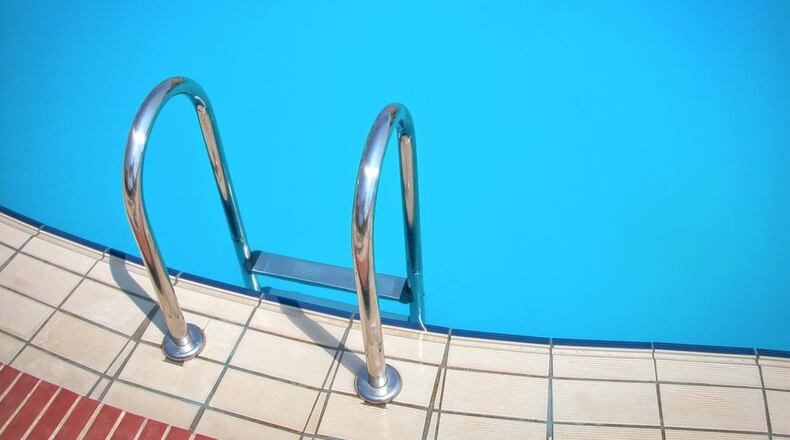No yelling, no waving. Just a silent gasping for air and 20 to 60 seconds later, submersion. And someone has drowned, maybe in plain sight.
"Drowning is not the violent, splashing call for help that most people expect," noted Coast Guard retiree and trained rescue swimmer Mario Vittone in an article that appeared on the Army blog. "To get an idea of just how quiet and undramatic from the surface drowning can be, consider this: It is the No. 2 cause of accidental death in children ages 15 and under, just behind vehicle accidents."
According to the Centers for Disease Control and Prevention, about 10 people die from unintentional drowning each day, making it the fifth leading cause of death by unintentional injury in the U.S.
Of the drowning victims who survive, 50 percent of those treated in ERs require further hospitalization or transfer for further care. Nonfatal drowning injuries can cause severe brain damage that leads to long-term disability such as memory problems, learning disabilities and even a permanent vegetative state, the CDC warned.
Some drownings occur simply because people don't realize what they're seeing, according to Vittone. Dramatic, loud drowning is part of our cultural expectation. It's what we've seen on television and in movies, from adventure flicks to "Matlock" episodes − or just insert any sweltering near drowning plot twist here.
5 myths about drowning
In contrast, real life drowning involves what psychologist Francesco A. Pia dubbed the Instinctive Drowning Response. Here are five ways that response differs from myths about drowning:
Myth 1: Drowning people will yell for you. "Except in rare circumstances, drowning people are physiologically unable to call out for help," Pia noted. "The respiratory system was designed for breathing. Breathing must be fulfilled before speech occurs. The mouths of drowning people are not above the surface of the water long enough for them to exhale, inhale and call out for help."
Myth 2: Drowning people will wave wildly. They can't, Vittone said. "Nature instinctively forces them to extend their arms laterally and press down on the water's surface. Pressing down on the surface of the water permits drowning people to leverage their bodies so they can lift their mouths out of the water to breathe."
Myth 3: Someone drowning might be able to assist in the rescue."Physiologically, drowning people who are struggling on the surface of the water cannot stop drowning and perform voluntary movements such as waving for help, moving toward a rescuer or reaching out for a piece of rescue equipment," Vittone warned. He added an important distinction: "This doesn't mean that a person that is yelling for help and thrashing isn't in real trouble, [only that] they are experiencing aquatic distress," he said. "Aquatic distress doesn't last long, but unlike true drowning these victims can still assist in their own rescue. They can grab lifelines, throw rings, etc."
Myth 4: Drowning takes a while. Unless someone who's drowning is rescued by a trained lifeguard, they'll only be able to struggle on the surface of the water for 20 to 60 seconds before submersion occurs.
Myth 5: Kids who are drowning will make noise. Bystanders and parents should actually be more alert to the kids who seem to be playing quietly, Vittone advised. "Children playing in the water make noise," he reminded. "When they get quiet, you get to them and find out why."
12 real-life signs of drowning
Since you can't expect someone who's drowning to get your attention, here are the things to look for to make sure someone's not quietly drowning in plain sight, according to Vittone and other experts:
- Head low in the water with their mouth at water level
- Head tilted back with mouth open
- Eyes glassy and empty, unable to focus
- Eyes entirely closed
- Hair that's flopped over the person's forehead or eyes
- Not using their legs but vertical in the water
- Hyperventilating or gasping
- Trying to swim in a particular direction but not making headway
- Trying to roll over on their back without success
- Appearing to be climbing an invisible ladder
As Vittone summed up, sometimes the most common indication that someone is drowning is that they don't look like they're drowning. "They may just look like they are treading water and looking up," he said. "One way to be sure? Ask them, 'Are you all right?' If they can answer at all, they probably are. If they return a blank stare, you may have less than 30 seconds to get to them."





